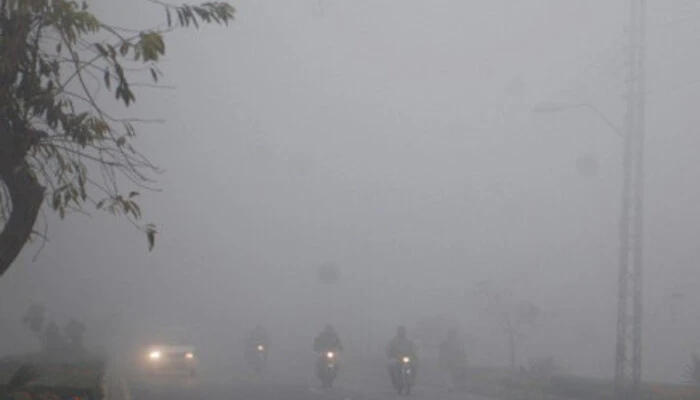Lahore residents faced another day of grey skies as the city once again ranked as the world’s most polluted, recording a hazardous Air Quality Index (AQI) of 532 on Monday, according to IQAir. Lahore has remained at the top of global pollution charts for nearly a week, highlighting a critical smog situation.
Each winter, Lahore experiences a rise in pollution due to a mix of vehicle emissions, construction dust, and smoke trapped by cold air. On Sunday, the city’s AQI spiked to an alarming 700, pushing the Punjab Environment Protection Department to issue a smog alert. According to IQAir standards, an AQI above 300 is deemed hazardous, posing severe health risks.
The Environment Protection Department’s alert advises residents to adopt precautionary measures to safeguard against pollution effects. Lahore residents are encouraged to stay indoors when possible, close doors and windows, monitor air quality, and wear masks outdoors. Additionally, all outdoor school activities have been canceled across Punjab, with adjusted school timings to protect students’ health.
Traffic Safety Measures in Place
As visibility decreases with the smog, Lahore’s traffic police have warned motorcyclists to drive cautiously. The thick smog reduces visibility, heightening the risk of accidents. Motorists are advised to avoid unnecessary travel during peak smog hours to prevent accidents and protect health.
India’s capital, New Delhi, continues to rank second on the pollution charts, recording an AQI of 268, indicating “very unhealthy” air. Karachi, Pakistan’s commercial hub, also ranked among the top 10 most polluted cities with an AQI of 123, falling in the “unhealthy for sensitive groups” category. Both Lahore and New Delhi experience severe air pollution in winter, exacerbated by cooler temperatures that trap pollutants closer to ground level.
Health Risks of Prolonged Exposure to Bad Air
Poor air quality poses serious health threats, particularly respiratory issues. Studies show that living in areas with high pollution can reduce life expectancy by more than five years, especially in South Asia. Prolonged exposure to smog increases the risk of lung and heart diseases, making immediate actions necessary to mitigate health risks.
According to a recent advisory by the Pakistan Meteorological Department, smoggy and foggy conditions are expected from November through mid-December as winter takes hold. This seasonal shift traps pollutants closer to the ground, worsening air quality in urban centers like Lahore and Karachi.
Addressing the Pollution Challenge
The smog crisis in Lahore and other cities calls for stricter pollution control measures. Environmental agencies, in collaboration with health departments, are working to curb emissions and monitor air quality to protect public health. The growing pollution burden in Pakistan highlights the need for long-term solutions to ensure cleaner air and a healthier future for residents in affected regions.
Follow us on Google News, Instagram, YouTube, Facebook, Whats App, and TikTok for latest updates
